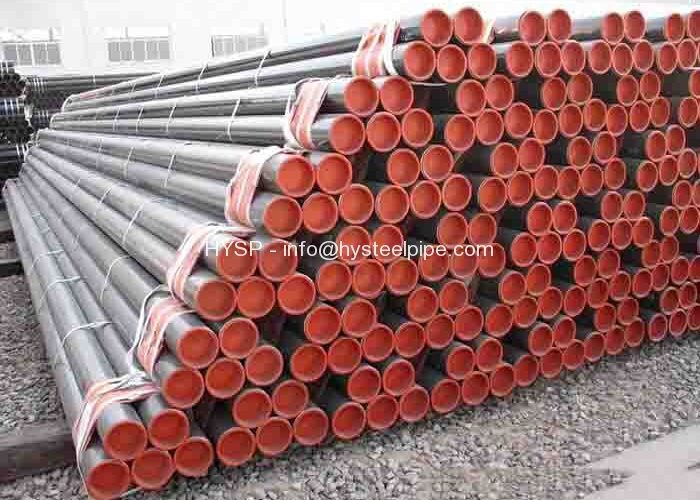What is Annealing in Steel Pipe Industry
Annealing in Steel Pipe Industry
As we all know, the heat treatment in steel pipe industry is very important for manufacturing better quality steel pipe, no matter welded steel pipes or seamless steel pipes. And annealing is the most important process for heat treatment.
1. Definition
Annealing, in metallurgy and materials science, is a heat treatment that alters the physical and sometimes chemical properties of a material to increase its ductility and to make it more workable. It involves heating a material to above its critical temperature, maintaining a suitable temperature, and then cooling. Annealing can induce ductility, soften material, relieve internal stresses, refine the structure by making it homogeneous, and improve cold working properties. (reference en.wikipedia.org)
2. Kind of Annealing
In order to perform a full anneal in ferrous metals, the material must be heated above its upper critical temperature long enough to fully transform the microstructure to austenite. The metal must then be slow-cooled, usually by allowing it to cool in the furnace, to allow maximum ferrite and pearlite phase transformation.
Other forms of annealing include process annealing, normalization and stress relief annealing.
2.1 Process Annealing
This process is used to counteract the hardening effects of a cold-working operation on a metal. After significant cold work, a piece may become too brittle to safely continue the working process. The piece may then be heated to a temperature anywhere below its austenitizing temperature until stresses have been removed from the lattice structure, and then slowly cooled to avoid introducing new stresses. This effectively anneals the material without significantly changing the phase fractions that have been established by prior heat treating processes.
2.2 Normalization
Normalization is a type of annealing process used to relieve stress in hardenable steels after cold work and to improve ductility and toughness properties. The steel is heated slightly above its upper critical temperature and held for sufficient time to allow new, smaller grains to form and high energy grain shapes to coalesce, also known as grain refinement.
Normalization can also eliminate denritic segregation that may remain from the casting process. The steel is air cooled from the normalization temperature, yielding a microstructure that lends the desired toughness and ductility properties with a nominal tensile strength.
2.3 Stress Relief Annealing
It’s a relatively low temperature process of reducing internal mechanical stresses, caused by cold work, casting or welding.
The stress relief temperature is lower than the recrystallization temperature.
Reference: en.wikipedia.org, metals.about.com
Send Enquiry Now
- 168#, Miao Qian Xi Jie, Yue Xiu District, Guangzhou, China
- ENQUIRY@HYSTEELPIPE.COM
- CONTACT US HERE !
New Products

ASTM A335 Grade P22 Alloy Pipe Steel 3inch SCH120
HYSP supplies high quality ASTM A335 Grade P22 Alloy Pipe Steel and tube 3inch SCH120 for high pressure and temperature applications.
ERW Steel Tubing 12inch ASTM A53 B
HYSP Steel Pipe supply you ERW Steel Tubing 12inch ASTM A53 B SCH40 or API 5L ERW steel pipes for your gas and oil line pipe or water pipes application.
API 5L B ERW Steel Tube OD 426MM
HYSP makes API 5L B ERW Steel Tube OD 426mm x 9.53mm WT DRL for your applications like gas and oil line pipe. we can customize size and steel grade per request.
L235 ERW Pipe EN10224 OD 323.9mm
HYSP steel pipe makes L235 ERW Pipe EN10224 OD323.9mm steel tubes for the conveyance of water and other aqueous liquids. we also produce as required size.

